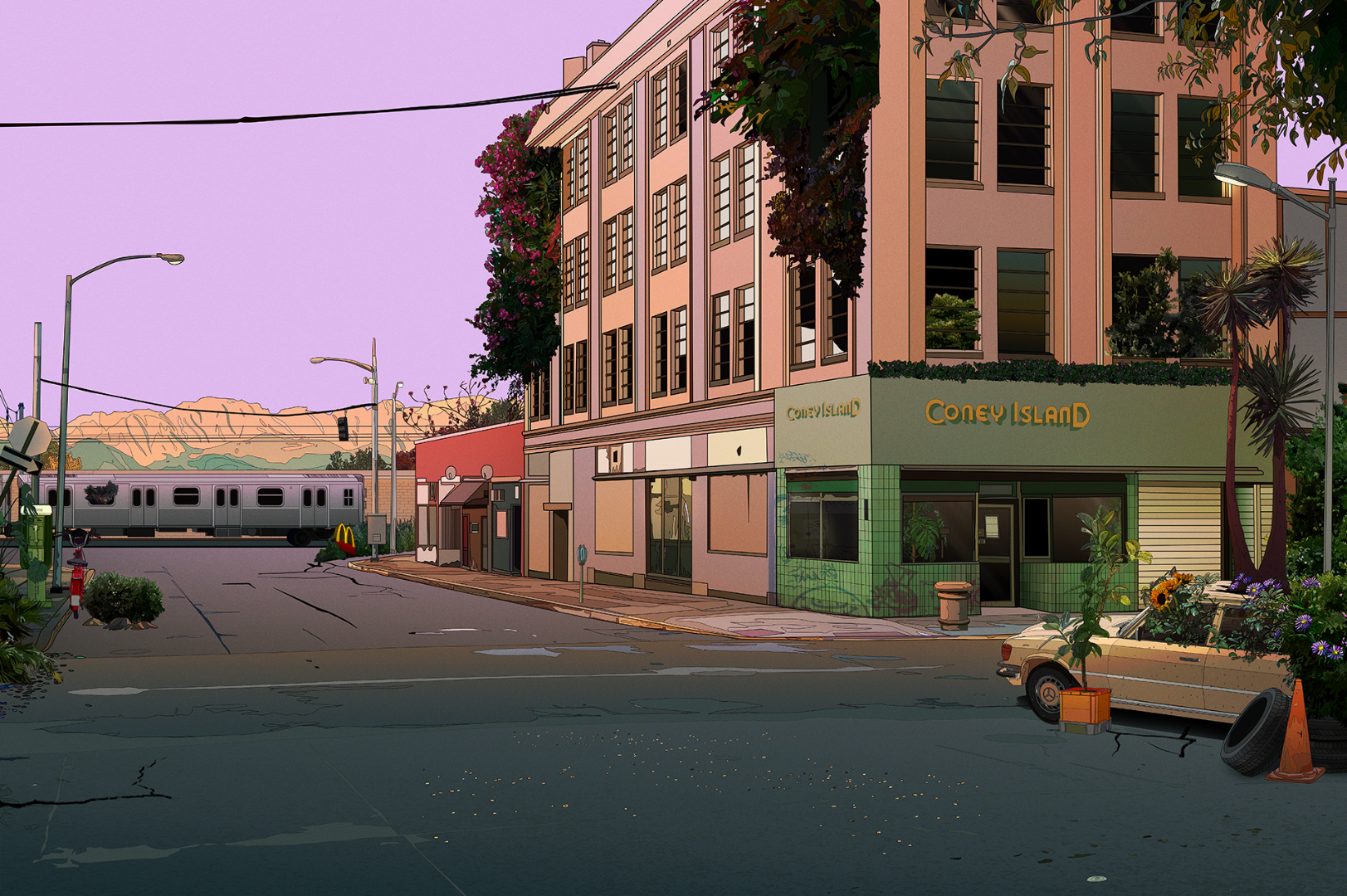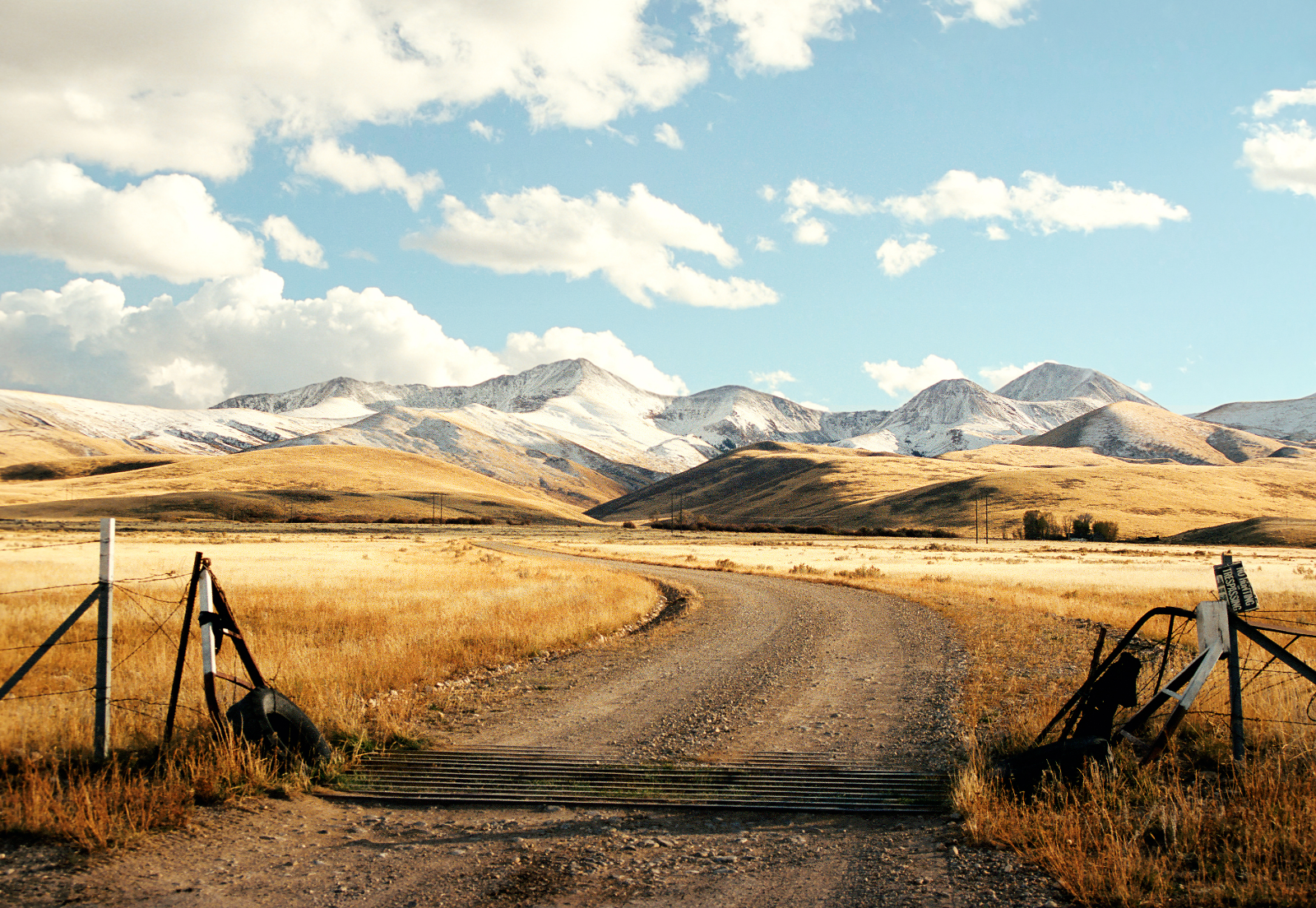
River Styx 109: Posthuman
From the Issue
“Ljubo sat in the witness box, manacled, his head hanging. Anna couldn’t tell if he was really on trial or only playing the part of someone on trial, like something from Brecht, but then he raised his bound hands with an anguished grunt and began chewing the meat of his own forearm.”
— “The Sleepers,” Bradley Bazzle
“Isaac Newton marked his alchemical notes with the phrase ‘hunting the green lion,’ a reference which would be obscure to outsiders but which other alchemists would immediately understand. For them, the green lion, commonly portrayed eating the sun, was a symbol for aqua regia, a mixture of nitric acid and hydrochloric acid that can dissolve gold and platinum.”
— “The Green Lion Devours the Sun,” Lindsey Webb
“Michaela, as usual, has come naked to the department meeting.”
— “The Department of Racism Without Racists,” Nandini Bhattacharya
“I dream the empties / fill with bees, and then / I fill them. Sky / lights, grown / mutinous, tear rooftops / open to fielding and / sky. The same sky / under which my love, I feed.”
— “Nest + Feed,” Knar Gavin
From the Issue
“She ripped flesh from fresh kills with her teeth and sat back on her haunches to eat with the pack, blood running down her chin beneath her blue eyes.”
From the Issue
“Lockboxing selves, the everyday / apocalypse of property / a veil; a massacring distortion…”
Featuring the most full-color art and photography in a single issue of River Styx—ever.
Heather Newton Brown, badfuta, Scott Brennan, and James Reade Venable.
The largest-ever issue of River Styx.
Poetry by Alicia Wright, Amish Trivedi, Nikki Wallschlaeger, Jessica Laser, Sara Deniz Akant, Knar Gavin, and Raye Hendrix.
Fiction by Bradley Bazzle, Kelly Magee, Aimee Pogson, Lars Chinburg, Nandini Bhattacharya, and Mark Crimmins.
Graphic fiction by Albert Dixon.
Nonfiction by Lindsey Webb, Sara Eliza Johnson, Yelizaveta Renfro, and Jan Garden Castro.
Play by Drew Larimore.
Art by badfuta, Heather Newton Brown, and karborn.
Photography by James Reade Venable and Scott Brennan.
Includes the 2025 River Styx Prizes winners in fiction (Benjamin Hollo) and poetry (Michael Autrey).
Letter from the Editor
DEAR READER,
In his treatise on the interconnectedness of all things, The Ecological Thought, Timothy Morton writes, “Being a person means never being sure you’re one.” What makes us human—what makes us human now, on a planet that feels increasingly hostile to life—is the central question of River Styx 109: Posthuman.
Writing, like music, art, and architecture, is a sacred record of our legacy, our evolution, our triumphs and perils; it provides proof of our existence as an intelligent species. If we are truly in the early stages of a sixth extinction—as many thinkers in technology, the sciences, and even the humanities suggest—a review of the literature of the past decade shows that, although we are doing little to avert catastrophe, we are acutely aware of its inevitability. We are writing our own denouement.
I imagine some posthuman expedition of the distant future unearthing the frozen remains of our civilization and deciphering our texts. How will they interpret what they discover and what will they think of us? What significance will they find in our use of the self-descriptive humanity? And what will they make of the term posthuman, which seems to have entered our lexicon around 1910, and has only increased in literary utility ever since? Will we be seen as a species defined by prescience, pessimism, suicidal ideation?
These future explorers will find another word: hope. As we assembled this edition of River Styx, we sought honest depictions of our momentous present and an array of possible futures. Not all of those futures are doomed. We looked for writing that nurtures our humanity in a post-anthropocentric world. Though we are surrounded by—entangled with—climate change, AI, pandemics, genocide, cultural erasure, and the threat of total war, we are searching for a reason to hope. Some of us are trusting in the intrepid leaps in space exploration, medical research, nanotechnology, quantum computing, food production, genome mapping, carbon capture. There is not only despair.
In Bradley Bazzle’s carefully rendered story “The Sleepers,” Anna, a graduate student and part-time teacher, navigates a complex attraction to Bryan, a mysterious former student who claims to have survived a near-fatal accident that left him with plastic implants in his body. Lindsey Webb’s “The Green Lion Devours the Sun” is a lyrical rumination about the color green and its associations with death and hope. Sara Deniz Akant sees existential dread in reheated leftovers in her poem, “Sandwiches, Sandwiches.” Nandini Bhattacharya’s “The Department of Racism Without Racists” depicts university faculty members in a surreal battle royale of political correctness. The narrator of Kelly Magee’s darkly comic “The Next Ark” live-tweets the end of the world.
Elsewhere in the issue you’ll find robots, repurposed waste, an automated, mechanized city, urban decay, disappearance, coal ash disposal, Nick Land, The Handmaid’s Tale, and the tragic consequences of sharing someone’s private images without their consent.
Truth and hope do not always mix well. In these pages you will find truth and hope, sometimes at odds, sometimes in harmony, but their alchemical combining and recombining amounts to one of the most fascinating and timely issues we’ve ever published.
BRYAN CASTILLE
MANAGING EDITOR
Preorder today
Featuring new writing and art by Alicia Wright, Amish Trivedi, Bradley Bazzle, Yelizaveta Renfro, Heather Newton, badfuta, Drew Larimore, and more.




